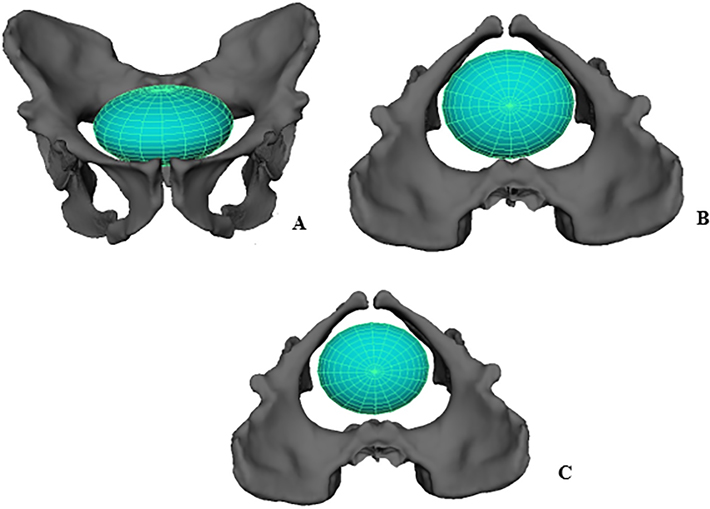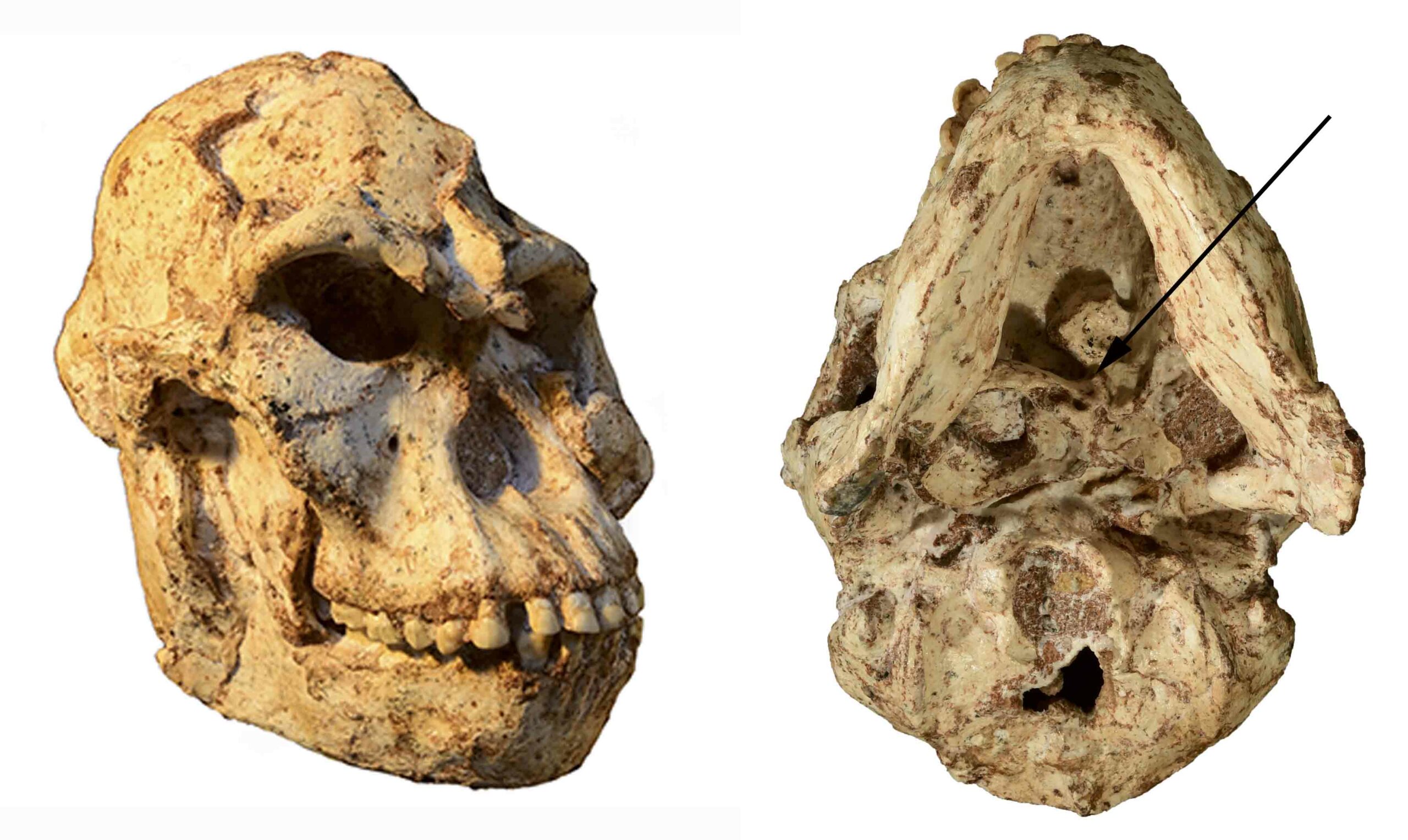
BOSTON, MASSACHUSETTS—According to a BBC News report, Natalie Laudicina of Boston University and her colleagues examined six female fossil pelvises, which represent individuals who lived over a span of more than three million years, and found that each species probably faced its own challenges while giving birth. It had been previously thought that childbirth became more difficult over the course of evolution as hominins transitioned to upright walking. Today, a modern human fetus often requires assistance to rotate its large head through a narrow birth canal over a long period of labor, while chimpanzees and other non-human primates are able to deliver their infants alone and over a period of several hours. “There is a tendency to think about the evolution of human birth as a transition from an ‘easy,’ ape-like birth to a ‘difficult,’ modern birth,” Laudicina explained. She and her team found, however, that some three million years ago, Australopithecus afarensis females probably experienced a more difficult birthing process than Australopithecus sediba females, who lived about one million years later. For more on the physical traits of A. sediba, go to "The Human Mosaic."










